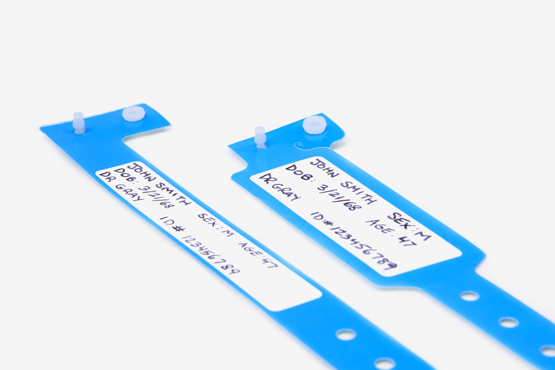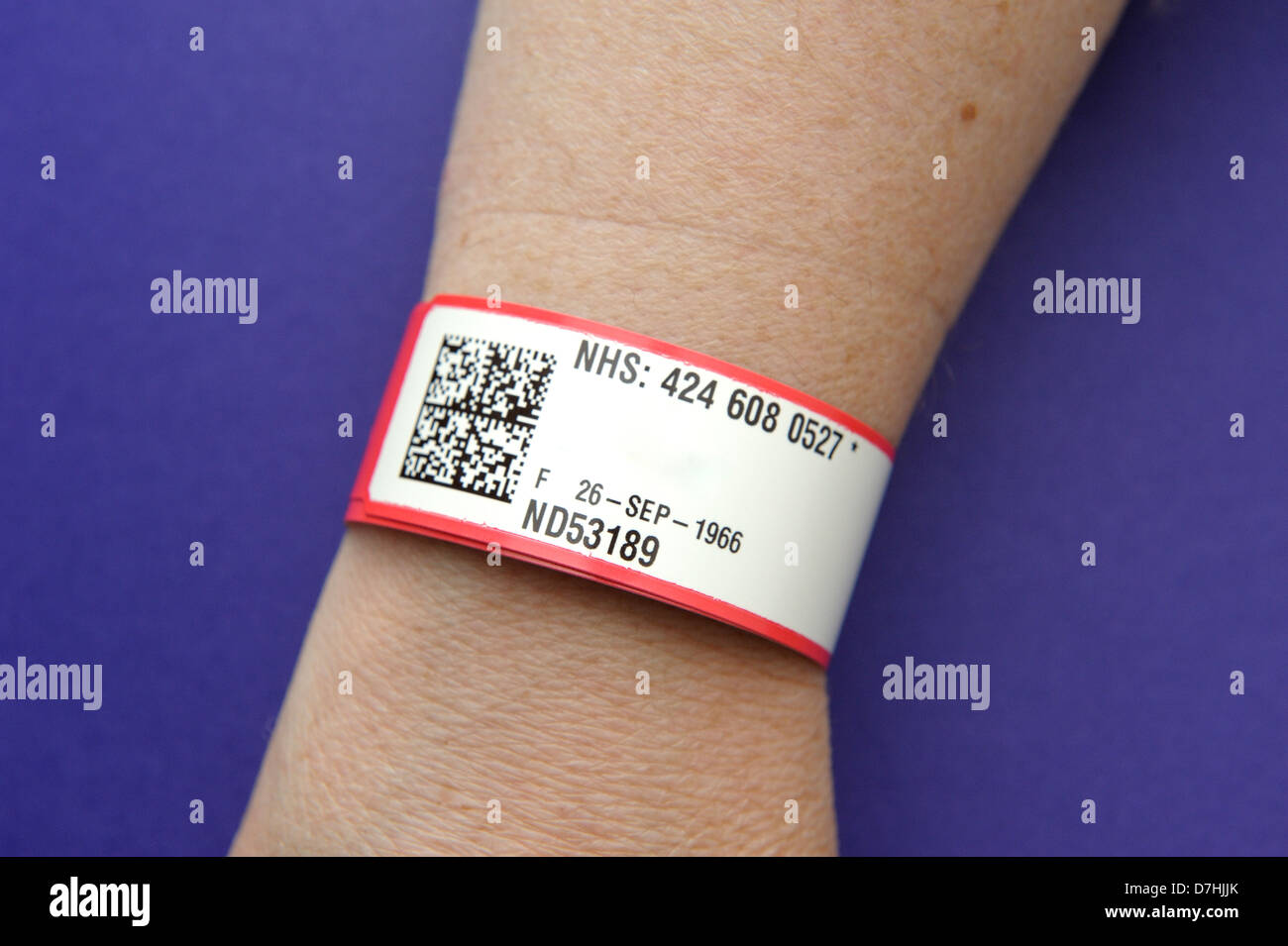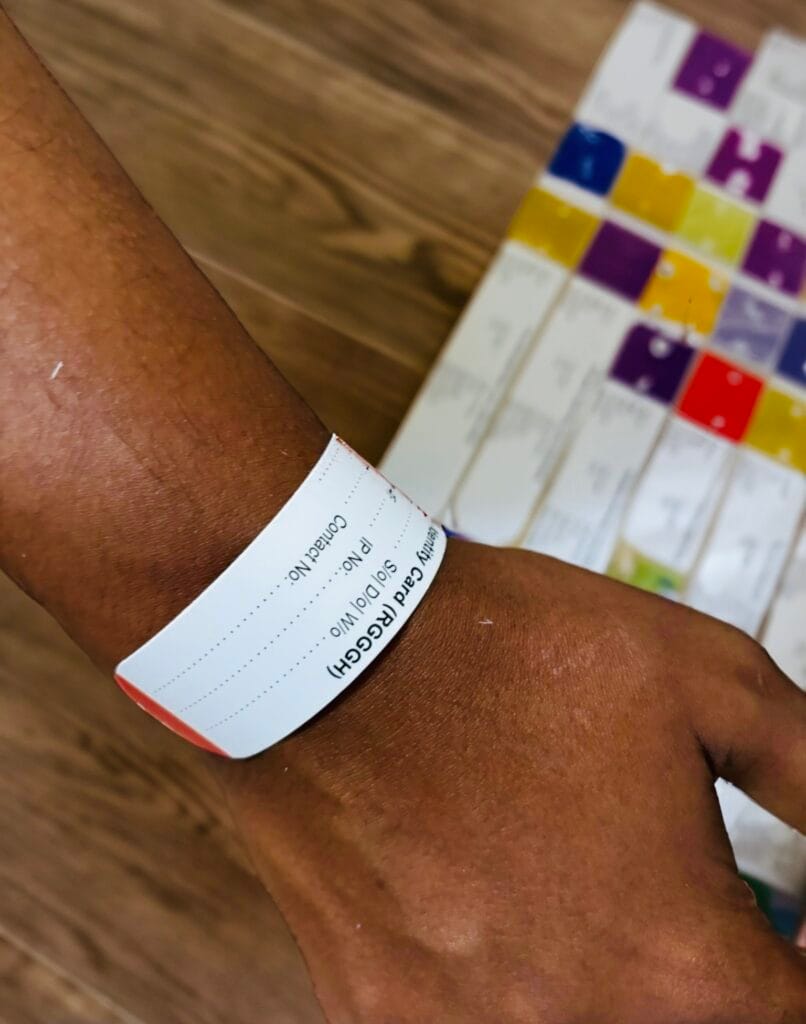How Patient Identification Band Enhances the General Patient Experience in Health Centers
Streamlining Patient Care With Efficient Identification Bands
The execution of effective identification bands is a pivotal component in enhancing client care within healthcare settings. These bands not just offer to minimize the dangers related to individual misidentification however likewise streamline interaction among clinical workers, thus fostering a safer environment. Numerous sorts of recognition bands deal with details demands, from long lasting wristbands for grownups to specialized bands for babies and vital instances. As the landscape of client recognition evolves, one need to consider the ramifications of these systems on total health care delivery and client end results. What advancements await in this important location?
Value of Person Identification
Making certain precise person identification is crucial in medical care settings, as it straight impacts the safety and security and quality of treatment offered. Misidentification can cause serious mistakes, including providing the wrong medication, doing inaccurate procedures, or miscommunicating essential patient info. Such errors not only endanger person safety however can also lead to legal ramifications and decreased rely on healthcare systems.
Reliable patient identification is basic to developing a secure atmosphere where patients receive ideal and tailored treatment. It promotes the precise paperwork of medical histories, allergic reactions, and therapy strategies, making certain that doctor have access to important info at all times. Robust recognition procedures aid enhance interaction amongst medical personnel, boosting cooperation and reducing the threat of blunders.

Sorts Of Recognition Bands
Identification bands play a critical duty in preserving accurate person documents and boosting safety and security within health care environments. Different kinds of identification bands are used to satisfy the particular demands and requirements of different client populaces.

An additional kind is the ankle band, which is particularly helpful for babies and newborns, making sure that recognition remains intact even throughout care procedures. Specialized bands, such as those for allergy signals or fall threat indicators, give additional layers of security by attracting immediate attention to crucial patient conditions.
Lately, electronic identification bands have actually gained popularity, integrating barcodes or RFID modern technology that can be checked to quickly obtain person information. These bands streamline process and lessen the threat of human mistake throughout patient identification processes.
Benefits of Effective Identification
Efficient identification of people through the use of identification bands contributes substantially to total person safety and care quality. By guaranteeing that each patient is precisely determined, health care service providers can efficiently match medical treatments and procedures to the correct individual, minimizing the risk of mistakes. This is specifically essential in settings with high individual turn over, where the capacity for misidentification is higher.
Furthermore, effective identification bands boost interaction among healthcare teams. Accurate and clear person identification fosters collaboration and ensures that all team participants understand an individual's particular needs and clinical background. This communication is important for delivering worked with treatment, especially in emergency situation circumstances where time is vital.

Eventually, efficient identification through using identification bands not just safeguards individuals however likewise promotes a society of safety and security within medical care facilities (Patient Identification Band). By prioritizing accurate recognition, health care organizations can improve outcomes and enhance the total individual experience
Applying Recognition Solutions
While the value of individual recognition is well acknowledged, the application of robust identification systems poses a facility obstacle for health care organizations. Establishing efficient identification systems requires a thorough technique, including modern technology, personnel training, and procedure integration.
First, companies should choose appropriate recognition technologies, such as barcode scanning, RFID, or biometric systems. Patient Identification Band. These modern technologies ought to be evaluated based upon cost, functionality, and compatibility with existing infrastructure. A pilot program can aid recognize possible problems prior to full-blown execution
Next, thorough training for staff is crucial. All workers have to understand the value of accurate person identification and be competent in making use of the chosen innovations. Regular training updates and evaluations can reinforce finest techniques and ensure ongoing conformity.
Additionally, medical care companies should establish standard treatments for patient identification throughout all divisions, minimizing inconsistencies and enhancing communication. Routine audits can aid identify gaps in adherence to these protocols.

Inevitably, a reliable execution of recognition systems not just enhances person safety but also fosters a society of accountability and persistance within healthcare settings, guaranteeing consistent and reputable client care.
Future Trends in Patient Recognition
Innovations in modern technology are readied to reinvent client identification techniques in medical care settings. The integration of biometric identification approaches, such as fingerprinting and facial recognition, is anticipated to improve accuracy and safety. These modern technologies can substantially decrease the threat of misidentification, ensuring that clients receive the right treatments and drugs.
Furthermore, the application of blockchain technology for individual records is obtaining traction. This decentralized approach can give a tamper-proof and protected technique for managing individual identities, consequently improving accessibility to vital information throughout various doctor.
An additional trend is the raising use of mobile wellness applications that leverage QR codes for individual identification. These applications permit for real-time updates and easy accessibility to patient data, encouraging healthcare experts to make enlightened decisions quickly.
In addition, man-made knowledge (AI) is poised to play a vital function in assessing patient identification information, identifying patterns, and predicting prospective recognition mistakes before they happen.
As these technologies advance, they promise not only to enhance individual safety and security but also to improve the general performance of medical care delivery systems. Embracing these advancements will certainly be essential for future-proofing client care practices.
Final Thought
To conclude, reliable recognition bands are essential for enhancing client security and care top quality within medical care settings. By minimizing the risks connected with misidentification, these bands help with prompt and accurate details retrieval, ultimately boosting interaction among health useful site care carriers. The execution of robust recognition systems not only fosters a culture of safety and security however likewise positions healthcare institutions to adjust to future fads in individual identification technology, ensuring optimum end results for individuals in diverse professional settings.
As the landscape of client identification advances, one need to think about the implications of these systems on total health care shipment and client end results.Efficient client identification is fundamental to developing a protected setting where individuals receive ideal and personalized treatment. Ultimately, focusing on effective individual recognition techniques not just promotes a culture of security but likewise adds to improved person outcomes and total contentment link with health care solutions.
Effective identification of people with the usage of recognition bands contributes significantly to general person safety and care high quality. The implementation of robust recognition systems not just promotes a society of safety yet additionally positions health care organizations to adjust to future trends in client identification technology, making sure optimum outcomes for clients in varied professional environments.